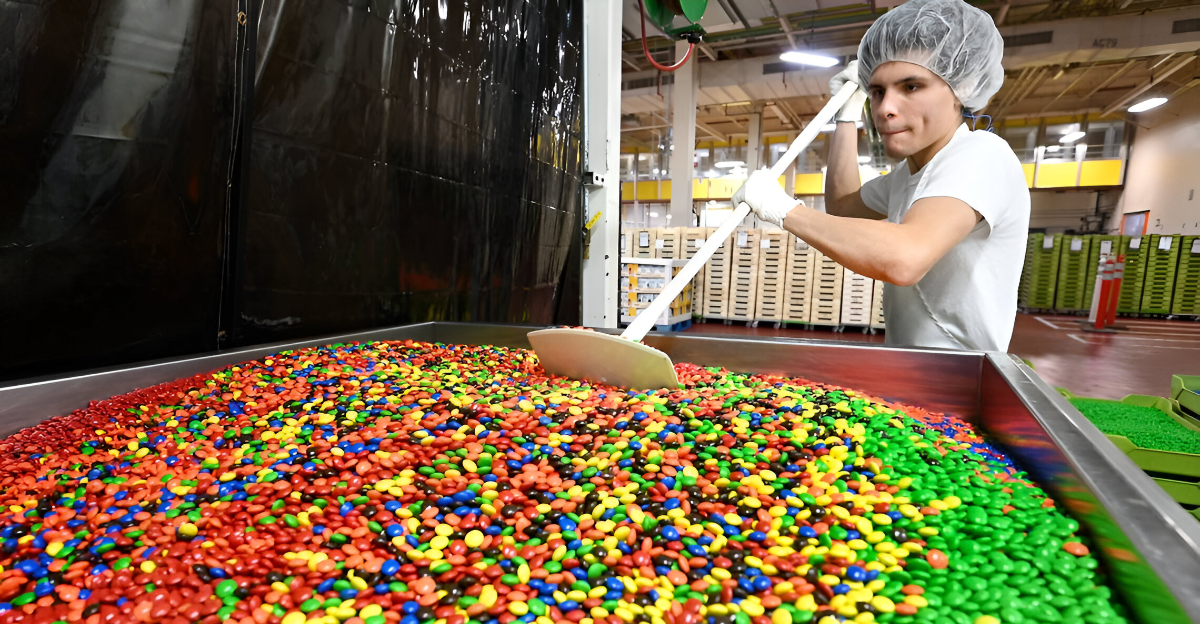
America’s candy aisles have become a battleground in the growing debate over synthetic food dyes, those eye-catching reds, blues, and yellows that have long tempted candy lovers. U.S. Health Secretary Robert F. Kennedy Jr. is leading a campaign to ban these petroleum-based dyes, citing health concerns, particularly for children.
However, Mars, the company behind beloved brands like M&M’s and Skittles, is resisting this push and refusing to part ways with the synthetic colors that make its products recognizable. This standoff is more than just a candy conflict; it highlights critical issues surrounding food safety, consumer choice, and corporate power.
Why This Fight Matters Nationwide: The Stakes Are Higher Than Sweetness
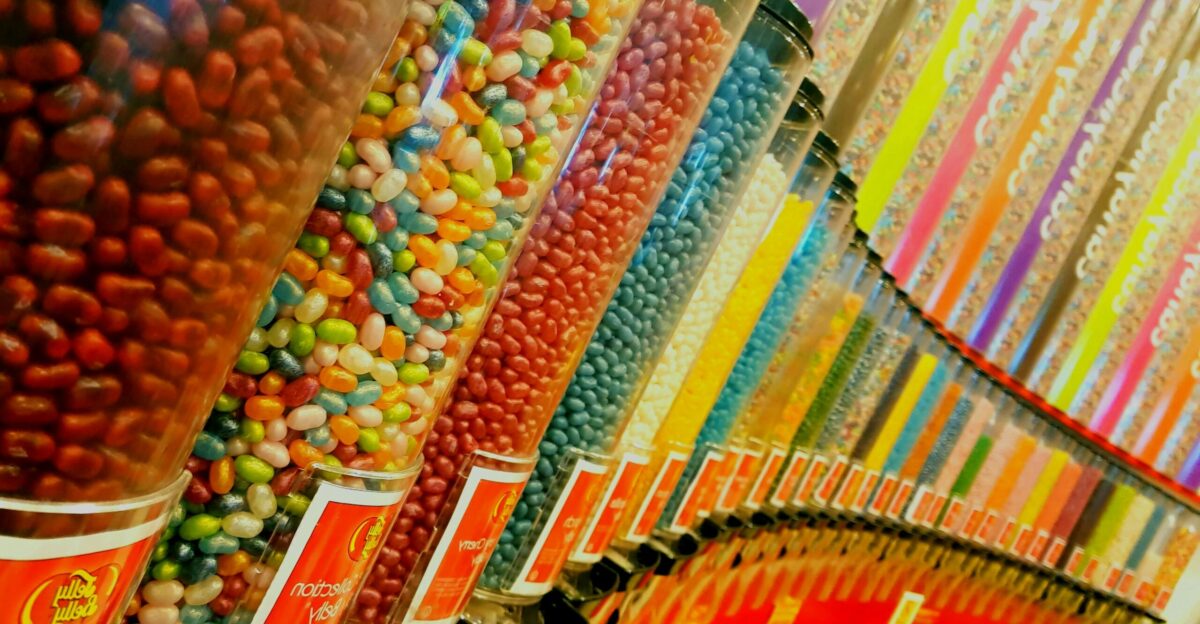
The campaign to ban synthetic dyes is more than just an industry squabble; it’s part of Kennedy’s “Make America Healthy Again” initiative. He refers to these dyes as “poisonous” and links them to behavioral problems in children, and plans to phase them out by 2027.
If successful, this effort could reshape the food industry, influencing everything from popular cereals to the daily snacks that families reach for. However, the fierce resistance from Mars poses a significant challenge to these federal efforts, raising essential questions about how public health policies and corporate interests are at odds.
Sweet Nostalgia Meets Scientific Scrutiny: Childhood Memories in Question

For many, M&M’s and Skittles evoke fond childhood memories, with their vibrant colors starring in their charm. Yet, mounting scientific evidence suggests that synthetic dyes may be linked to ADHD and other developmental issues in children.
This new information creates a challenging emotional dilemma for consumers: how do they honor cherished memories while re-evaluating the safety of these nostalgic treats? This debate goes beyond ingredients, delving deeper into questions of identity, trust, and the emotional connections we form around our favorite sweets.
The Decline of Synthetic Dyes: Why Change Is Inevitable, Yet Contentious
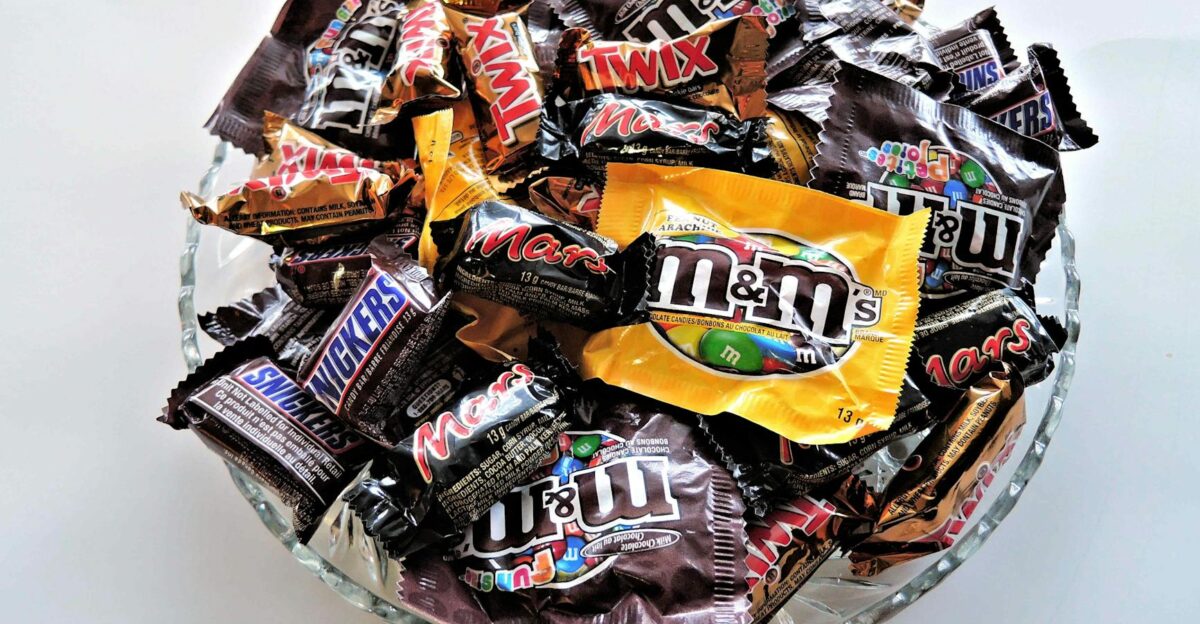
The drive to eliminate synthetic dyes is backed by years of research indicating potential health risks, but replacing them presents its own complications. While natural alternative dyes are available, they often come with challenges such as increased costs, supply chain disruptions, and less vibrant colors that could alter the appeal of products.
Manufacturers warn that a sudden shift may alienate loyal customers who expect to see their favorite candies in familiar colors, potentially driving up prices and affecting affordability. This tension highlights the complexities of balancing health concerns with consumer expectations in a competitive marketplace.
Mars and the Candy Industry’s Defiant Stand
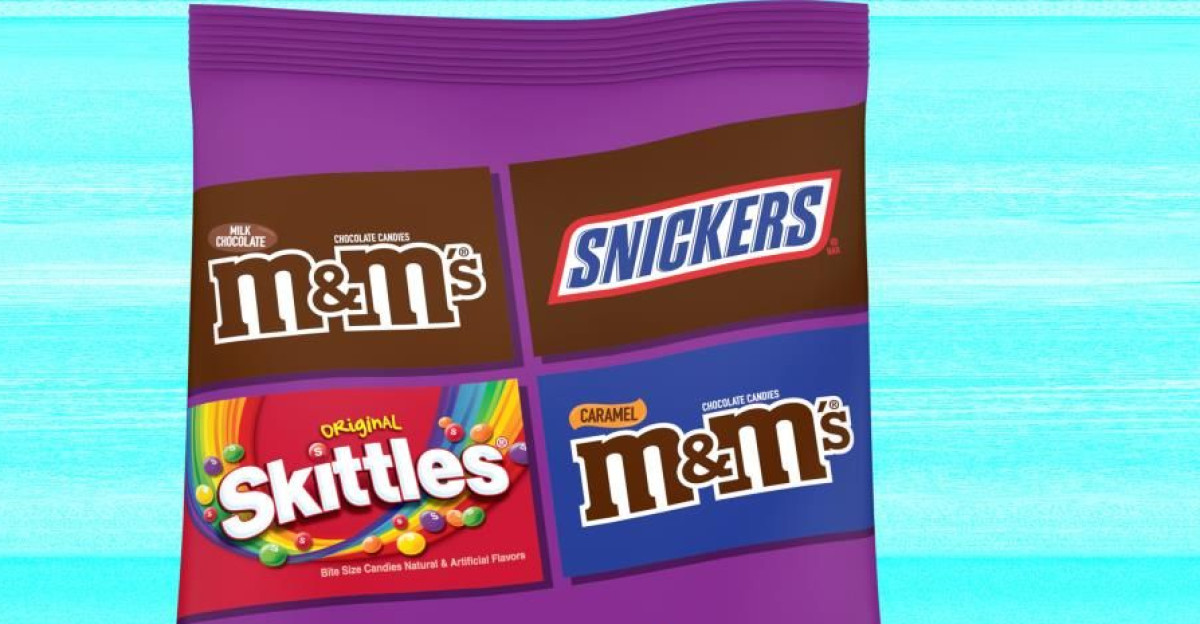
Mars, the titan behind M&M’s and Skittles, stands at the epicenter of this conflict. While it has removed titanium dioxide from Skittles, Mars refuses to eliminate synthetic dyes without federal mandates, citing safety and regulatory approval. The National Confectioners Association supports this stance, emphasizing adherence to FDA guidelines.
This resistance contrasts with other food companies voluntarily committing to dye removal. Mars’s defiance threatens to stall nationwide progress, exposing a fracture between voluntary industry compliance and regulatory enforcement. This standoff underscores the complexity of balancing public health goals with corporate strategy and consumer demand.
How This Battle Hits Home Across America
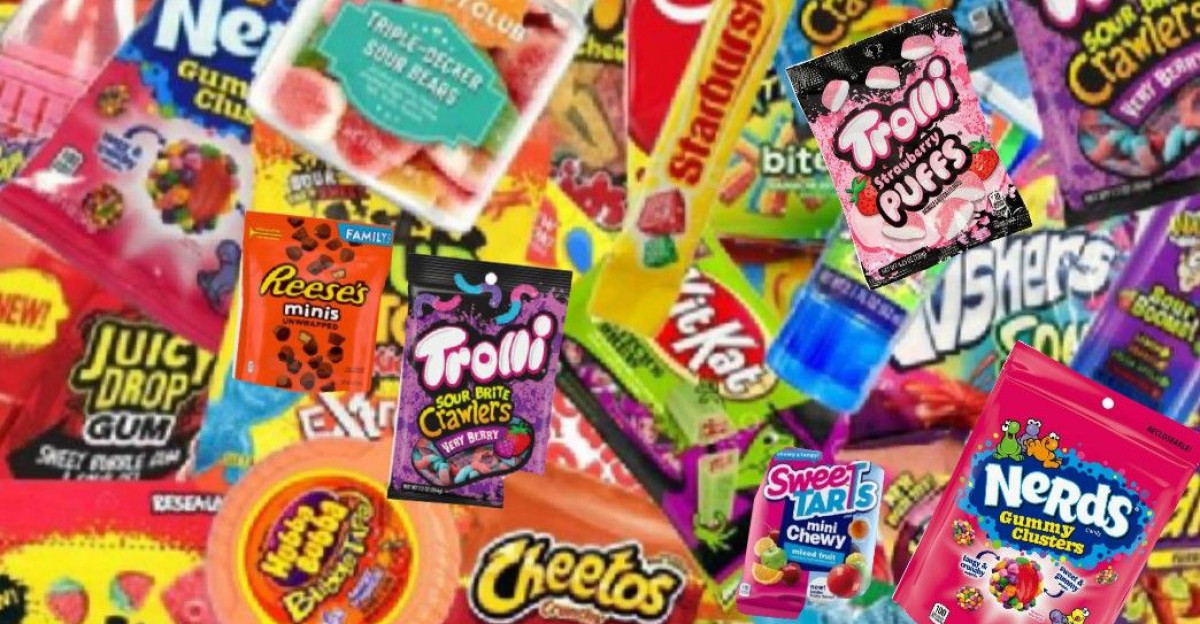
The impact of this dye battle varies regionally. Some states with stricter food laws have banned certain synthetic dyes, forcing companies to adapt locally. Elsewhere, candies with synthetic colors remain widely available, creating a confusing patchwork of standards.
This disparity affects school snack policies, grocery shelves, and consumer choices, influencing local economies and health perceptions. Families in states with bans may feel protected, while others remain exposed to additives under scrutiny. This uneven landscape amplifies the urgency and complexity of the debate, highlighting how a national issue plays out differently in communities across America.
Franchisees and Retailers Caught in the Crossfire
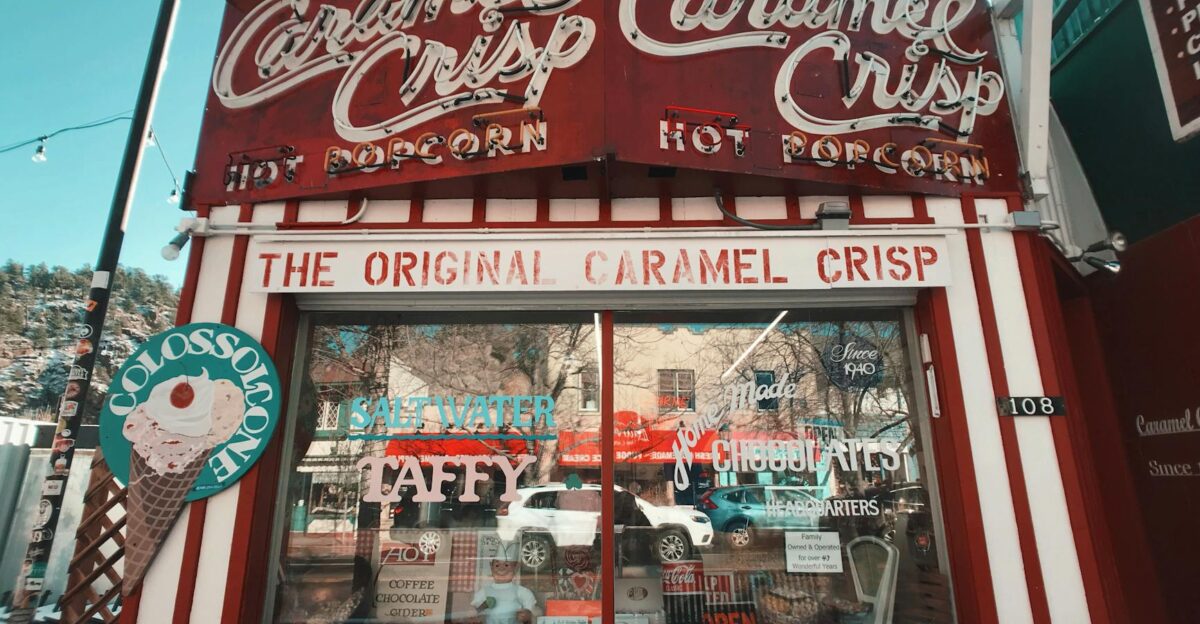
Amid this regulatory tug-of-war, franchise owners and retailers are facing real challenges. Many candy sellers rely on popular products like M&M’s to attract customers and drive sales. Sudden product formulations or availability changes could disrupt businesses and alienate loyal patrons.
Some franchisees fear backlash if iconic candies lose their signature colors or flavors. As this debate unfolds, the potential consequences loom large, putting beloved treats at risk and leaving many consumers pondering the future of their favorite sweets.
How Other Food Sectors Are Shaping the Narrative
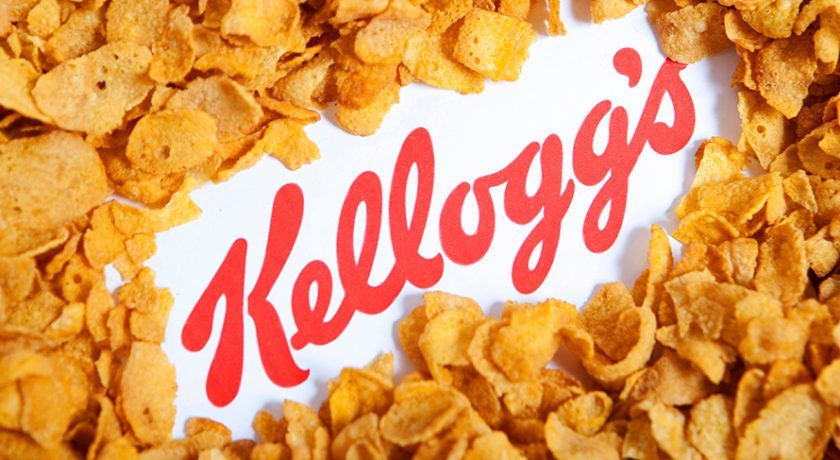
While the candy industry resists change, other food sectors are embracing it. Cereal giants like Kellogg’s and snack producers like PepsiCo have pledged to remove synthetic dyes by 2027, aligning with Kennedy’s campaign. Their willingness to adapt creates competitive pressure on candy makers, positioning health-conscious branding as a market advantage.
This dynamic reshapes consumer expectations, pushing for transparency and cleaner ingredients across processed foods. The candy industry’s reluctance thus reverberates beyond sweets, influencing the broader food market and signaling shifting priorities in consumer health and corporate responsibility.
The Sweet Tooth Meets Health Consciousness

Consumers, especially parents, are increasingly informed and vocal about food ingredients, fueled by viral discussions on Reddit, TikTok, and YouTube. These social media conversations have amplified awareness of synthetic dye risks, driving demand for natural colors and cleaner labels. This shift pressures manufacturers to innovate or risk losing market share.
The candy industry’s hesitation to change risks alienating a growing segment of health-conscious buyers, accelerating a move toward alternative snacks. This evolving consumer behavior extends the impact of the dye debate beyond regulation, shaping industry innovation and everyday choices.
What Does the Future Hold for Candy and Public Health?

As this high-stakes conflict unfolds, the future of synthetic dyes in American candy remains uncertain. Will federal mandates override industry resistance, or will compromises reshape the food landscape? The outcome will influence food safety standards, consumer trust, and corporate accountability.
It raises broader questions about balancing nostalgia, health, and commerce in an era of heightened scrutiny. Ultimately, the colors of childhood are more than mere hues; they reflect a prism through which society views science, culture, and change. This unfolding saga promises to ripple far beyond candy aisles, affecting how America eats and thinks about food for years.
